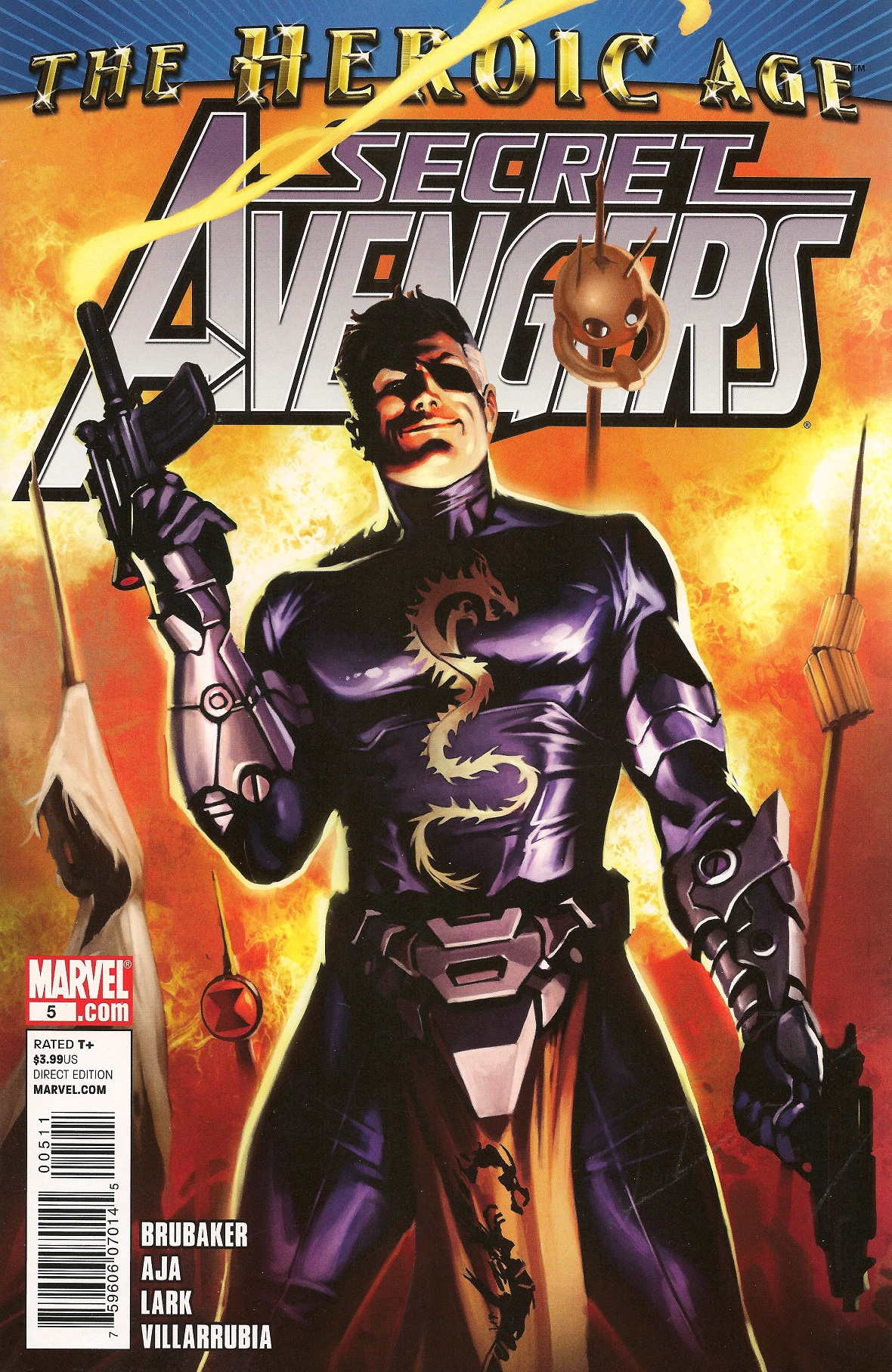The mid-to-late '70s covers for this series were always pretty good, but this one really stood out for me, and I wasn't a huge Spider-Man fan.
Another cover that had me grabbing the book is this one from Detective Comics. This isn't a pure skeleton, but it is close enough. Comparing the two shows some similar color themes and composition. The hero, at the mercy of a fiery skeleton seems to be symbolic for the hero's death, which is always a way to catch a potential consumer's eye. We all know it's a ploy, but you can't help but want to know what the hell is going on.
 If you liked flaming skeletons, you couldn't help but be a fan of Ghost Rider. A flaming skull. A flaming motorcycle. If you were male, that was damn cool. (I imagine a few females liked it to.) Johnny Blaze, the Ghost Rider from my youth, was motorcycle stunt rider (cool job) who turned into this flaming skull superhero (cool idea) and fought guys with like the one who had a giant eyeball for a head (not cool at all).
If you liked flaming skeletons, you couldn't help but be a fan of Ghost Rider. A flaming skull. A flaming motorcycle. If you were male, that was damn cool. (I imagine a few females liked it to.) Johnny Blaze, the Ghost Rider from my youth, was motorcycle stunt rider (cool job) who turned into this flaming skull superhero (cool idea) and fought guys with like the one who had a giant eyeball for a head (not cool at all).With Ghost Rider you no longer had to wait for your favorite cover to have a flaming skeleton character. You got it every month in the form of Marvel's own supernatural hero. Oddly enough, I was a huge Ghost Rider fan.
Most people remember whatever decade they got into comic books as being the best decade in the industry's history. I got into them in the 1970s, though I would not call that the industry's best. It was, however, the decade of some of the best freakin' covers. These flaming skulls and skeletons are just a small part of it. The covers were more dynamic than anything you see now even. Don't believe it? Look at the Ghost Rider cover to the right, and then compare it to the one from the 1990s below this.
It's a passable cover, but it lacks the dynamics of the three previous ones. Yes, the concept is still kind of cool, but it doesn't scream, "Read me."
We'll never see an era quite like the 1970s when it comes to comic covers again. And while the concept is still being used, it lacks the excitement these covers had decades ago. It's a shame, too, because if these covers still had the same visual punch, perhaps there'd be more readers today.



